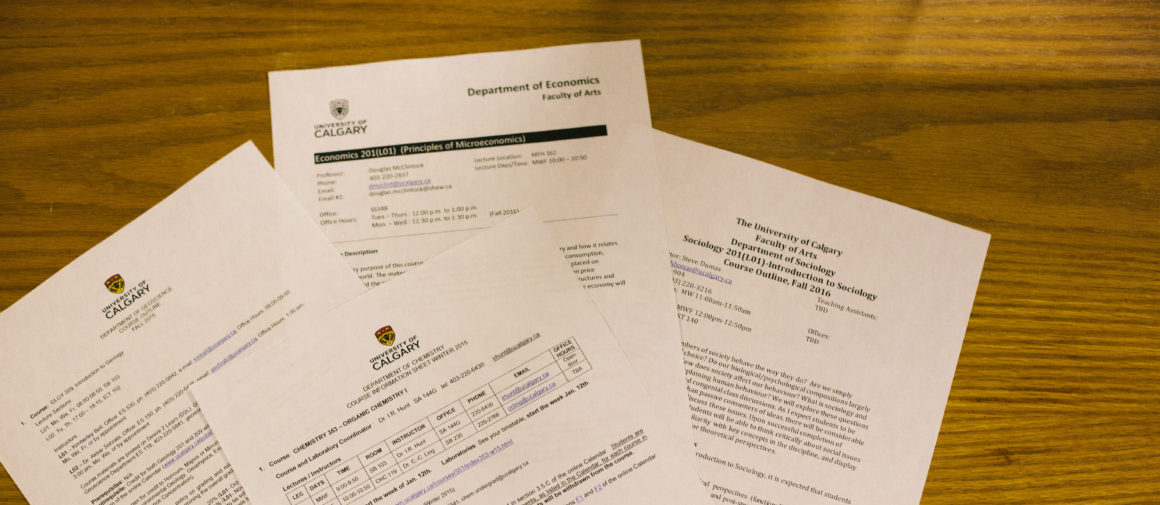
Arts vs. science: an unnecessary debate
By Isobel Chiang, October 4 2016 —
The dot-com boom of the late ‘90s heightened the demand for careers in science, technology, engineering and math. In the blink of an eye and the click of a mouse, the age of interconnectivity eclipsed the age of enlightenment and STEM degrees increased exponentially in value.
More recently, there has been a push for millennial women to enter STEM fields all in pursuit of a beckoning new horizon: Silicon Valley.
Yet there hasn’t been a counter-push for either men or women to pursue majors in the humanities. The general belief is that liberal arts degrees are undoubtedly interesting, but not pragmatic.
Former Apple chief executive officer Steve Jobs criticized this approach, declaring that “it is in Apple’s DNA that technology alone is not enough — it’s technology married with liberal arts, married with the humanities, that yields us the results that make our hearts sing.”
The humanities teach students how to thoughtfully and critically engage with their surroundings. The ability to understand social life through various cultural, religious and gendered perspectives matters. This is how social change occurs — not through the advancement of an iPhone retina display, but through the deep and fundamental questioning of the established order of things.
What I love most about majoring in sociology is that multiple choice questions are simply not applicable to my education, much like they are not applicable to every-day life. There is rarely just one correct answer to a problem. The world is far too complex for such bubble-sheet reductionism.
This is not to negate STEM degrees. As a liberal arts graduate, I wish I was taught how to code or took even an entry-level accounting course, just as I wish my science friends would pick up a copy of Simone de Beauvoir’s The Second Sex.
Instead, our education system has become dichotomized, where students must decide between Newton and Nietzsche, Hawking and Hobbes or Fibonacci and Foucault. What results is a distinct chasm between the right and left sides of our brain.
The U of C has made futile attempts to bridge this divide, all in hopes of inspiring a more “interdisciplinary education” and we can be sure this is something that will come up in the consultation process of Energize Eyes High.
Arts students are required to take two science options, but most settle for courses like “Rocks for Jocks” for an easy A. Engineering students have an extremely limited choice in what they can take and similarly most choose courses like Economics 201 for that easy A.
Let’s not fool ourselves — forcing students to sit in lecture halls of 300 people and memorize facts about the Phanerozoic era or microeconomics and is a pathetic excuse for an interdisciplinary education.
Silicon Valley is proof that a holistic, collaborative education is the new gold standard for hireability.
The U of C needs to pay attention to this. It’s time for departments to emerge from their ivory-tower silos and collaborate together. We need to get over the arts vs. science debate and allow students to become learned, rather than pigeonholed.
This is the “marrying” of arts and science that Jobs always yearned for.
